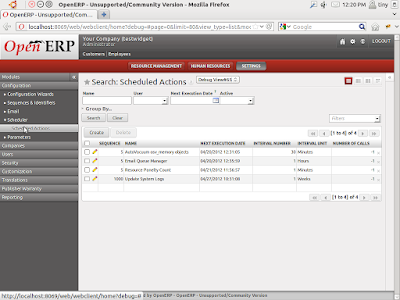How to connect two PC using wireless …
---------------------------------------------
By: Pinakin Nayi
nayi.pinakin@gmail.com
( M.C.A)
Instructions
Things You'll Need:
- Wireless router
- Computers with wireless cards
Connect Computers to the Wireless Network
1. 1
Click the "Start" button, click "Connect To" on the "Start" menu, then choose "Wireless Network Connection."
2. 2
Review the list of wireless connections in the Wireless Network Connection window, select your network and click the "Connect" button.
3. 3
Enter your security pass phrase if you have set up wireless security on your network.
4. 4
Allow your computer make a connection to your wireless network. 5. 5
Place a check in the "Save This Network" and "Start This Connection Automatically" boxes. This will allow your computers to save the network settings and automatically connect to this network in the future.
6. 6
Repeat the process on the second computer. Now both computers will be wirelessly networked to the same router.
Creating a Shared Folder in Windows XP
7. 1
Locate the folder that you want to share with the other computer.
8. 2
Right-click on the folder and select "Sharing and Security" from the menu.
9. 3
Place a check next to "Share This Folder on the Network." If you wish for the users on the other computer to have full access to all files in the folder, place a check in the "Allow Network Users to Change My Files" box.
10. 4
Click the "Apply" button, then the "OK" button to allow changes to take place. This folder and all of the files inside will now be shared with the other computers on the wireless network.
11. 5
Repeat steps 1 through 4 to create a shared folder on the second computer.
Creating a Shared Folder in Windows 7 and Vista
12. 1
Locate the folder that you want to share with the other computer.
13. 2
Right-click on the folder and select "Properties" from the menu and navigate to the "Sharing" tab.
14. 3
Click the "Advanced Sharing" button.
15. 4
Place a check in the "Share This Folder" box.
16. 5
Click the "Permissions" button. To allow users on the other computer to have full access to all files in the folder, place a check in the "Full Control" box in the "Allow" column.
17. 6
Click the "Apply" button, then the "OK" button twice to allow changes to take place. This folder and all of the files inside will now be shared with the other computers on the wireless network.
18. 7
Follow steps 1 through 6 to create a shared folder on both computers.
Finding Shared Folders on a Network
19. 1
Double-click the "Network" or "My Network Places" icon on your desktop. Windows XP users will see a list of folders that are shared. Windows 7 and Vista users will see a list of computer names that are connected to the network.
20. 2
Double-click on the computer name or folder from which you wish to retrieve files.
21. 3
Access the files inside the shared folder. Depending on the permissions you set when you created the shared folder, you may be able to drop new files in the folder, move files out of the folder, edit and delete the files as if they were on your own computer.



